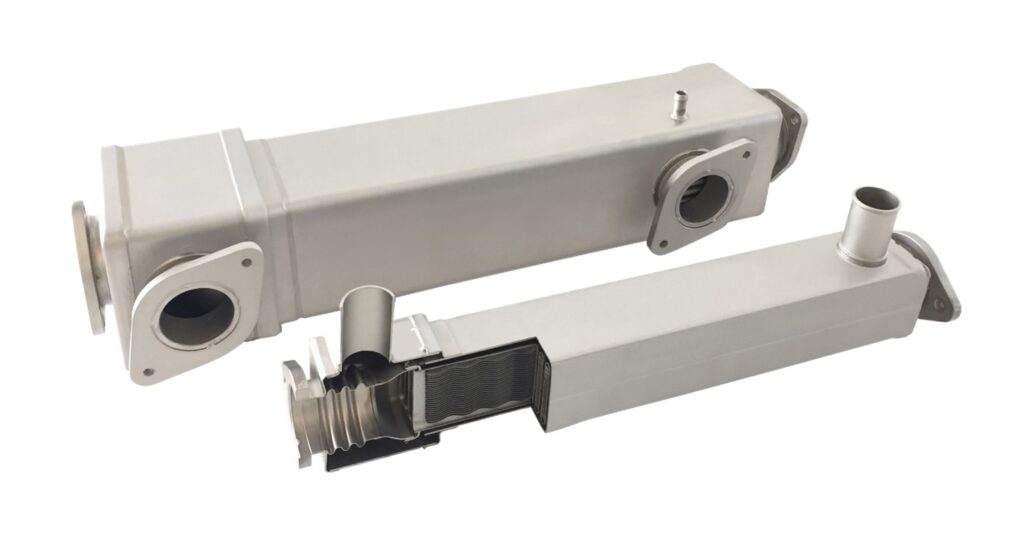
BorgWarner, a global product leader in delivering innovative and sustainable mobility solutions, is boosting its thermal management product business by securing exhaust gas recirculation (EGR) cooler contracts with a prominent, North America based commercial vehicle (CV) customer. The company’s emissions-reducing EGR solution offers high robustness against thermal fatigue and an optimized internal design requiring less coolant flow from the engine. Start of production is planned for Q4 2027 with implementation across various CV applications.
“We continue to see tremendous interest in our EGR product portfolio, including coolers, valves and modules, that support increased fuel economy needs and stringent emission requirements across the world,” said Dr. Volker Weng, Vice President of BorgWarner Inc. and President and General Manager, Turbo and Thermal Technologies. “These recent program awards are a natural extension of the close working relationship our team has built with this customer and reflect BorgWarner’s leadership position in the market as well as our historically strong performance with similar applications.”To support the cooling needs across different engine sizes, BorgWarner is delivering two variations of its durable EGR cooler – one with a proprietary compact floating core (CFC) architecture, and the other using a compact monoblock architecture core to better meet tighter packaging constraints. Developed by BorgWarner to handle the stresses caused by large thermal changes expected in CV engine applications, the CFC enables extended life and reliability.
Additionally, by combining hybrid tube heat transfer technology that provides a high level of thermal efficiency with a floating inner core, the CFC architecture achieves a high level of durability in a compact package resulting in less thermal fatigue. Its monoblock architecture is a cost-optimized solution used for many passenger car and mid-range applications to meet target reliability.
BorgWarner’s modular EGR cooler family includes four flexible designs that span engine sizes from 2.0 to 16.0-liter displacement. With the exception of the housing and mounting fixtures, the coolers allow for standardization of most of the core components, increasing ease of adapting the technology from one application to another. Since introducing the technology to the market, the company has delivered more than 1 million EGR coolers and created advanced modeling tools to optimize designs, prevent localized boiling and enhance performance.